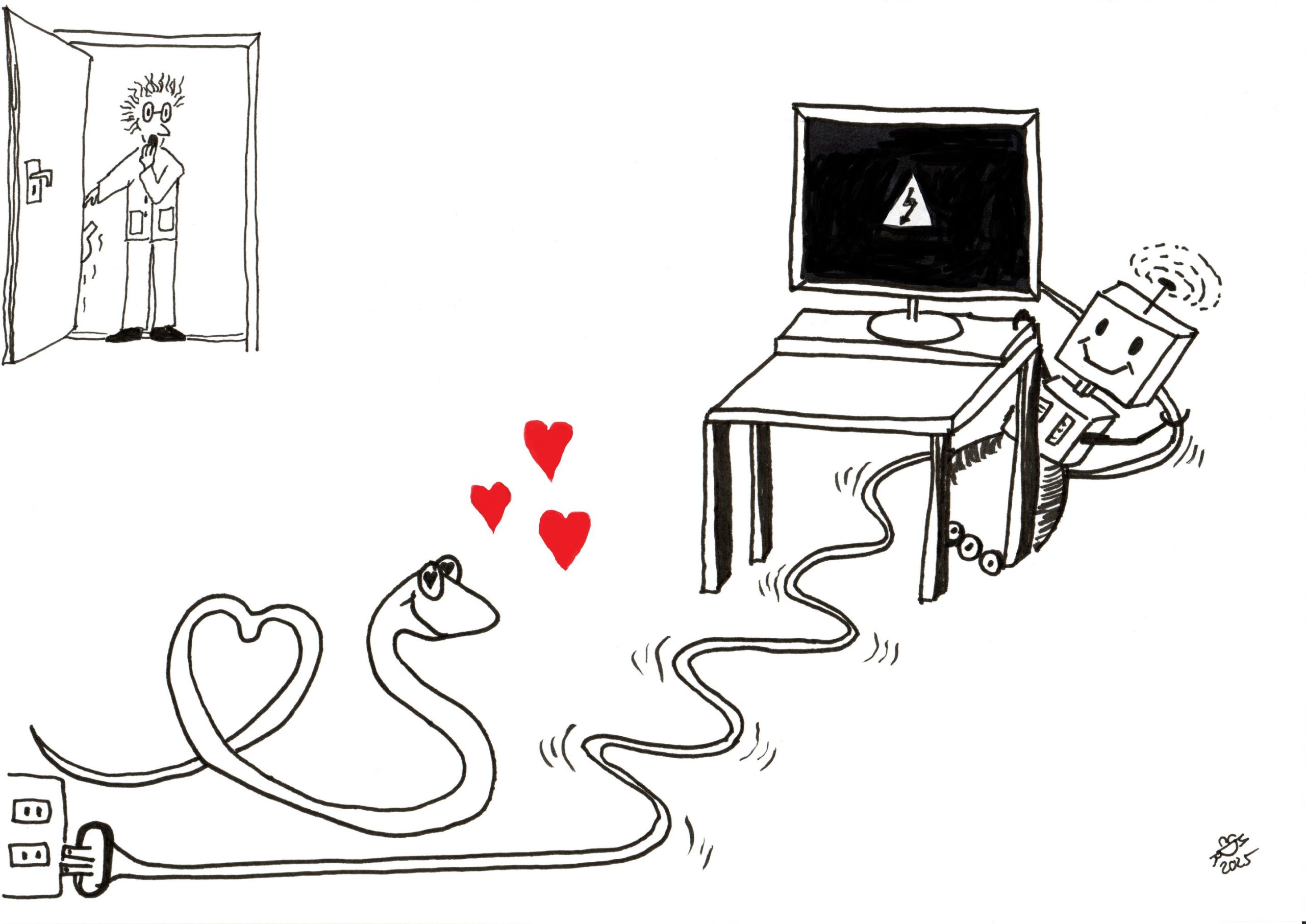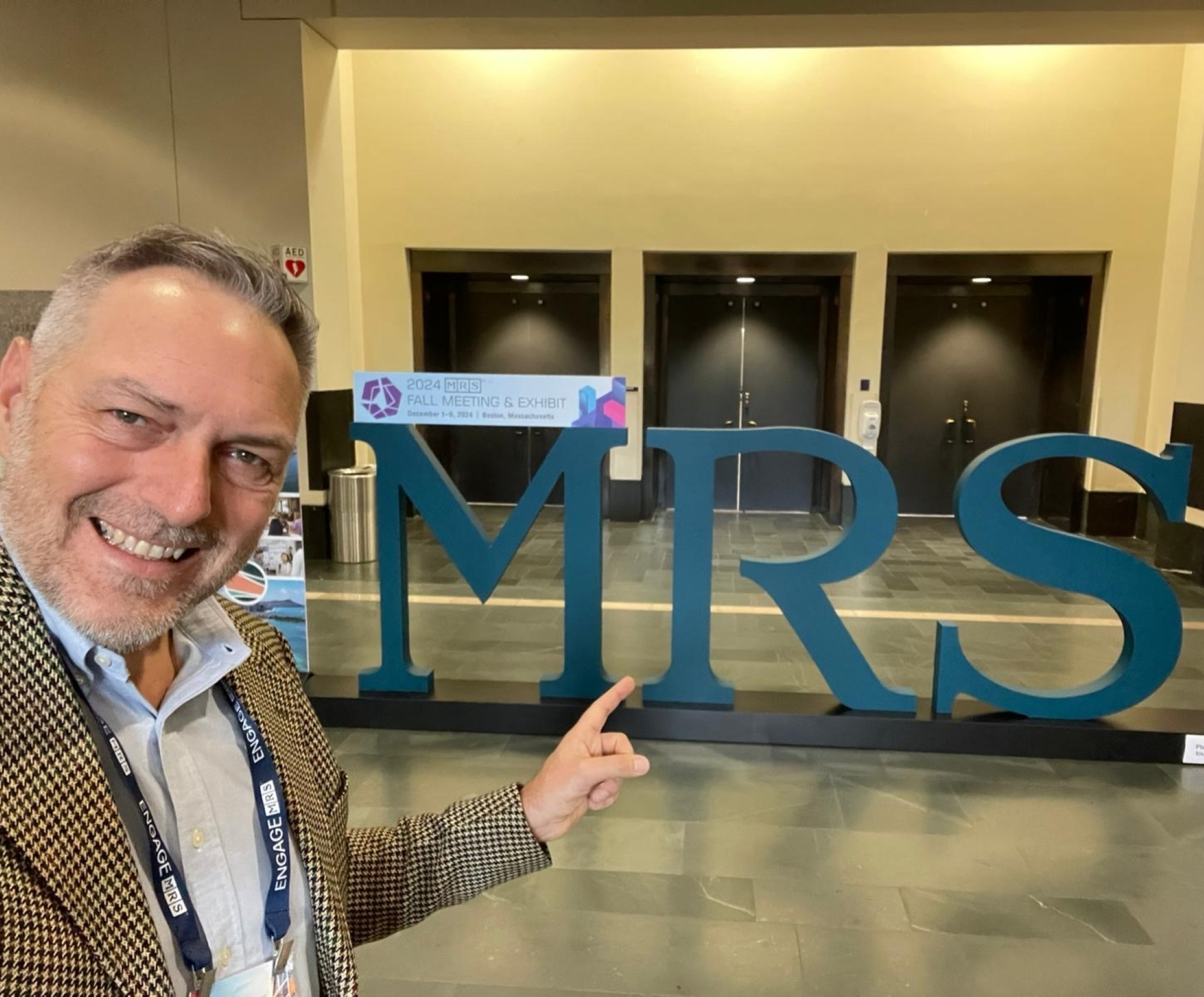We wish everyone a good start into the new lunar year of the snake.

NanoWorld CEO Manfred Detterbeck is in Boston for the MRS Fall 2024 Meeting & Exhibit this week.
You’ll meet him at some of the sessions or at NanoAndMore USA booth no. 402.
If you’re there too feel free to say hi and have a chat about #AFMprobes with him.
